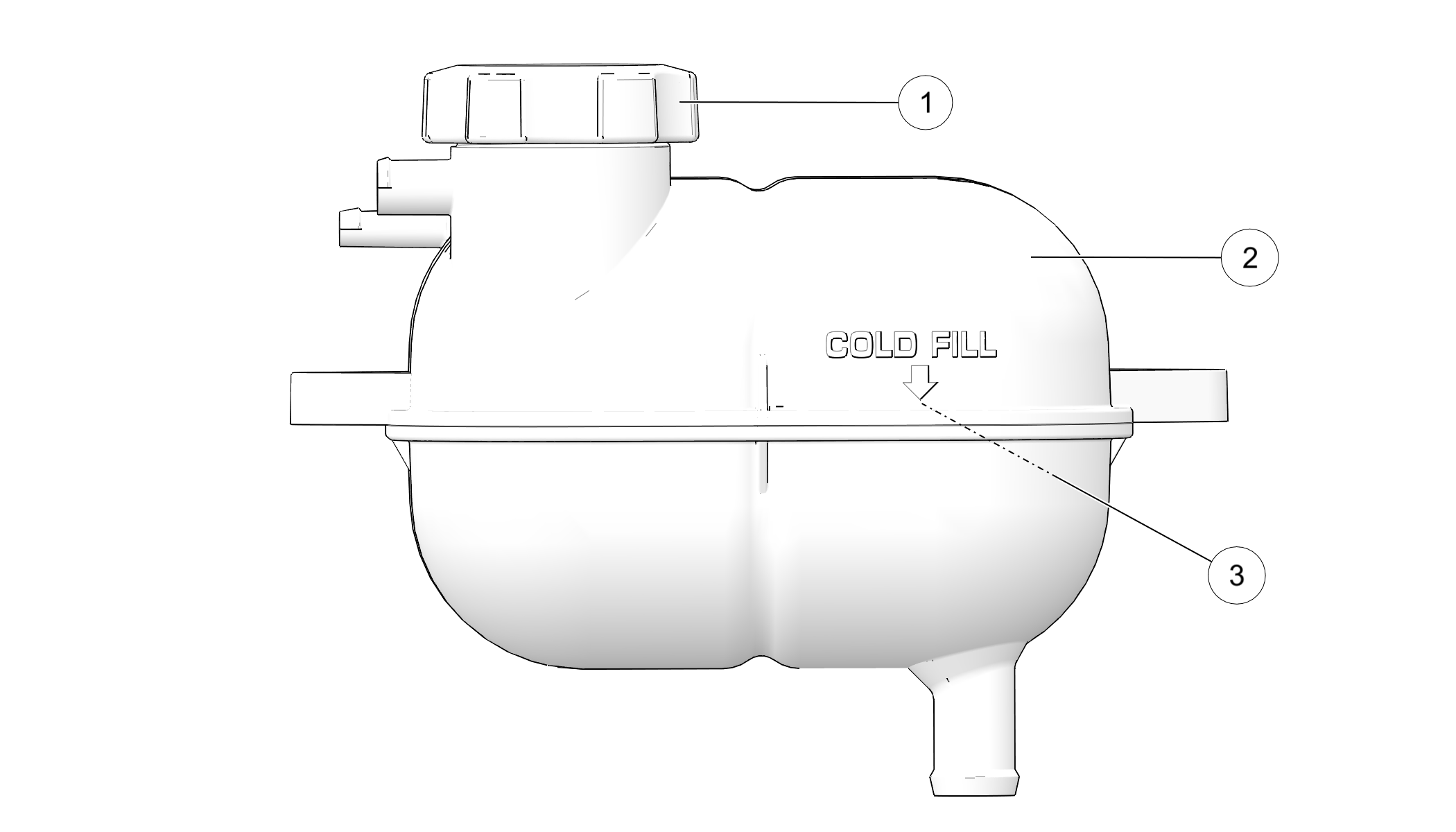
Content Source: 2021 Slingshot Owner’s Manual (9939930 R02) > Maintenance Chapter
| IMPORTANT |
|
The Owner's Manual for this vehicle contains warnings, instructions and other information you must read and fully understand before safely riding or performing maintenance on this vehicle.Always follow the warnings and instructions in Owner's Manual. Click the CONTENTS link above for the Table Of Contents, or download a full PDF of the Owner Manual in the Owner Support area of Polaris.com |
| NOTICE |
| Some coolant level drop on new vehicles is normal as the system is purging itself of trapped air. Observe coolant levels and maintain at the indicated level by adding coolant to the recovery bottle. |

| Escaping steam can cause burns. Never remove the pressure cap while the engine is warm or hot. Always allow the engine to cool before removing the pressure cap. |
| NOTICE |
| If coolant must be added often, or if the recovery bottle runs completely dry, there may be a leak in the system. Have the cooling system inspected by your dealer. |
| NOTICE |
| Washing the vehicle with a high-pressure hose could damage the radiator fins and impair the radiator's effectiveness. Using a high-pressure system is not recommended. |
| Inspecting the cooling hoses while the engine is running or when the engine is still hot can result in injury. Always make sure the engine is both off and sufficiently cooled before inspection. |
| Inspecting the cooling fans while the engine is running or when the engine is still hot can result in injury. Always make sure the engine is both off and sufficiently cooled before inspection. |
| IMPORTANT |
| Prior to servicing hoses, always make sure the engine has fully cooled and to release latent pressure by removing the surge tank cap. |
© Copyright Polaris Inc. All rights reserved.